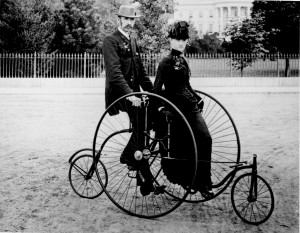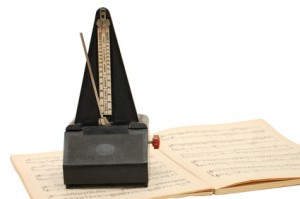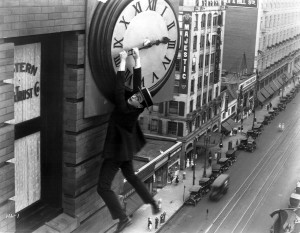 The sales & marketing department often aims to create more and more product variants to target even the smallest niche in the market. Yet, it is common wisdom that more variants also mean more inventory.
The sales & marketing department often aims to create more and more product variants to target even the smallest niche in the market. Yet, it is common wisdom that more variants also mean more inventory.
However, the relation is not quite as clear cut. In my last post I wrote about the Relation between Inventory, Customer Takt, and Replenishment Time. The relation is similar for variants, and it all depends on the ratio of the customer takt to the replenishment time.







